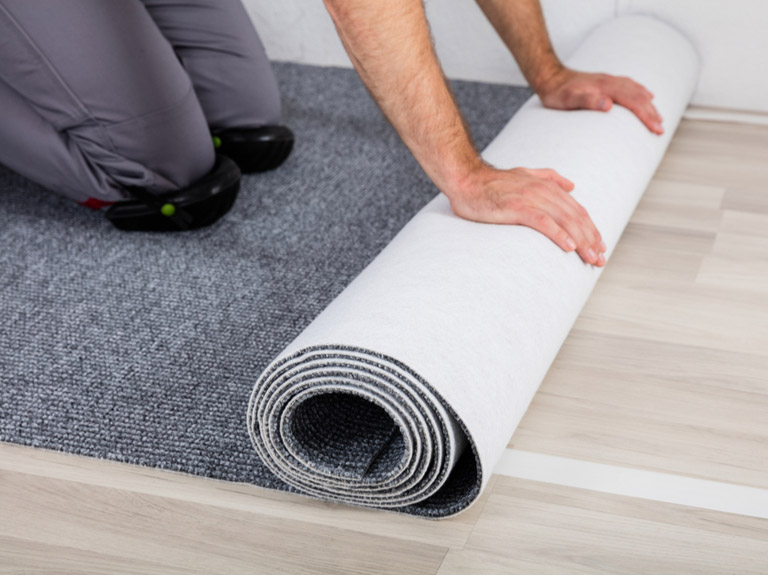Thermostat Upgrade: Effortless Home Comfort
Upgrading your thermostat is a simple yet impactful way to enhance your home’s comfort and energy efficiency. In this guide, we’ll walk you through the steps of replacing a thermostat, ensuring a seamless transition to a more modern and efficient temperature control system.
Assessing Your Current System
Before diving into the replacement process, assess your current thermostat and heating/cooling system. Determine the type of thermostat you have—whether it’s manual, programmable, or smart. Additionally, note the compatibility with your HVAC system, as this information will guide you in selecting a suitable replacement.
Choosing the Right Thermostat
With various thermostat options available, choosing the right one is crucial. Consider your lifestyle and preferences. Programmable thermostats allow you to set schedules for temperature adjustments, while smart thermostats offer remote control and advanced features. Ensure the selected thermostat is compatible with your HVAC system and meets your desired functionality.
Gathering Necessary Tools and Materials
Before starting the replacement process, gather the necessary tools and materials. Typically, you’ll need a screwdriver, wire labels, and possibly a drill. Turn off the power to your HVAC system at the circuit breaker to ensure safety during the replacement. Familiarize yourself with the thermostat’s wiring diagram, and take a picture of the existing wiring for reference.
Turning Off Power and Removing the Old Thermostat
Start by turning off the power to your heating/cooling system. Remove the old thermostat from the wall by unscrewing it from its mounting plate. Take note of the labeled wires and their corresponding terminals. Carefully disconnect the wires, using the labels to keep track of each one. Once all wires are disconnected, remove the mounting plate.
Installing the New Thermostat Base
Prepare the new thermostat base for installation by attaching it to the wall. Use the provided screws to secure the base in place. Ensure it is level for a neat and professional appearance. Once the base is securely attached, feed the labeled wires through the designated openings in the base.
Connecting and Labeling Wires
Refer to the picture or notes you took earlier to connect the labeled wires to the corresponding terminals on the new thermostat base. Follow the manufacturer’s instructions carefully to ensure accurate wiring. Double-check each connection to prevent errors that could affect the thermostat’s functionality.
Attaching the New Thermostat
Once the wires are securely connected, attach the new thermostat to its base. The method may vary depending on the thermostat model—some snap into place, while others may require screws. Follow the manufacturer’s guidelines for attaching the thermostat, ensuring a secure and stable connection.
Powering Up the HVAC System
Turn the power back on at the circuit breaker to power up your heating/cooling system. Follow the thermostat’s setup instructions to configure your preferences, including time, date, and desired temperature settings. If you’ve chosen a programmable or smart thermostat, take advantage of the advanced features to optimize energy efficiency.
Testing and Calibration
After setting up the new thermostat, test its functionality by adjusting the temperature and observing the HVAC system’s response. Check each heating and cooling mode to ensure proper operation. If necessary, calibrate the thermostat according to the manufacturer’s instructions to enhance accuracy.
Optimizing Energy Efficiency
Explore the additional features of your new thermostat to optimize energy efficiency. Programmable thermostats allow you to create heating and cooling schedules, while smart thermostats offer remote control through mobile apps. Take advantage of these features to customize your home’s temperature based on your daily routine.
Enjoying Enhanced Comfort and Control
With your new thermostat in place, you can enjoy enhanced comfort and control over your home’s temperature. Whether you’ve opted for a programmable or smart thermostat, the upgraded features contribute to energy savings and a more efficient HVAC system. Embrace the convenience of modern temperature control technology.
For a variety of thermostat options and expert advice on optimizing home comfort, visit replace a thermostat. Explore the possibilities and upgrade your thermostat for a more efficient and comfortable living space.




